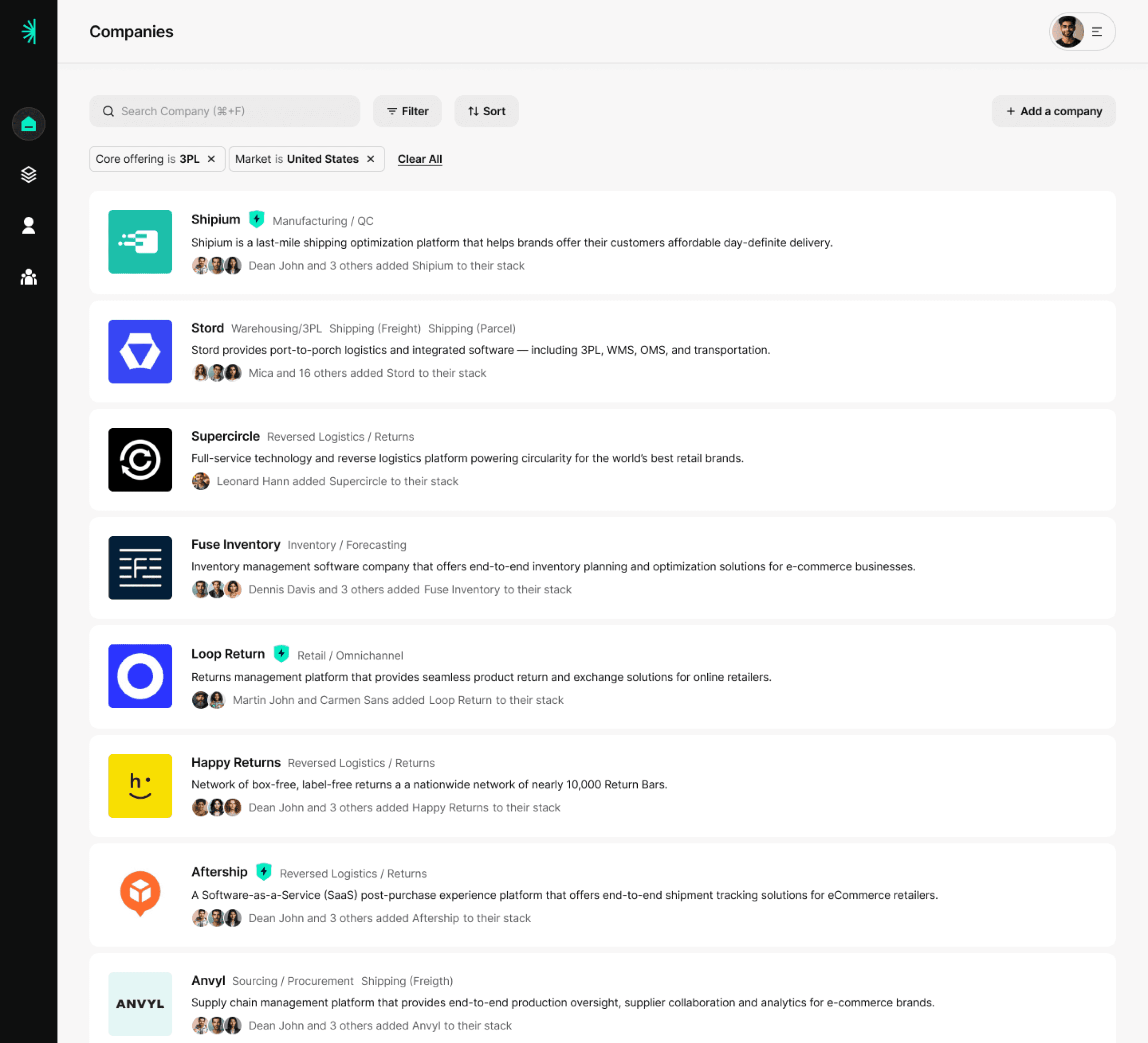When you design packaging for everyone, you design it for no one.
Max Kolegue
TLDR:
Packaging is a delicate balance between eye-catching creativity and cost-consciousness.
Max Kolegue works on Product & Supply Chain at Misen. Over his career, he has launched more than 30 products for major CPG companies like Campbell's Soup, Kraft Heinz, and Pepsi, as well as smaller companies like the Mark Cuban-backed startup Chirps. During a Q&A session with Max, we learned some of his tips for helping products succeed with packaging.
1️⃣ Seek opportunities for delight
"Delight" happens when you give your customer something they love, but never expected. Delight is great because it doesn't have to be expensive.
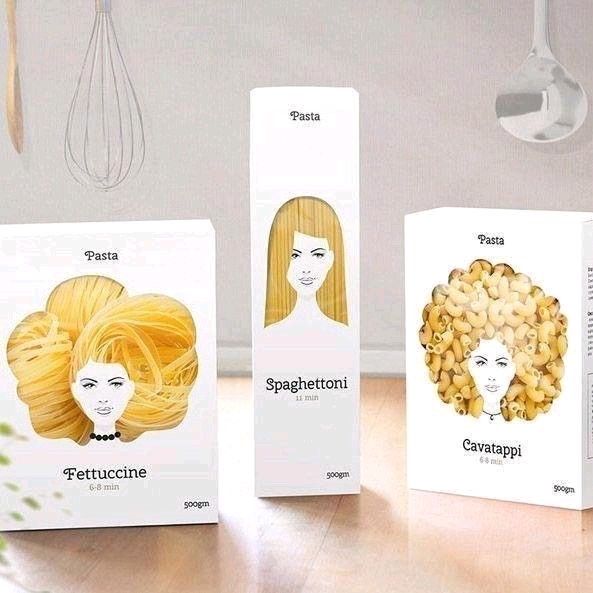
An example from H.V.M.N.: we decided to put some sassy emoji stickers on the otherwise-blank lids of our containers. Tons of customers loved it, and we got lots of posts on social, all for a few pennies per sticker.
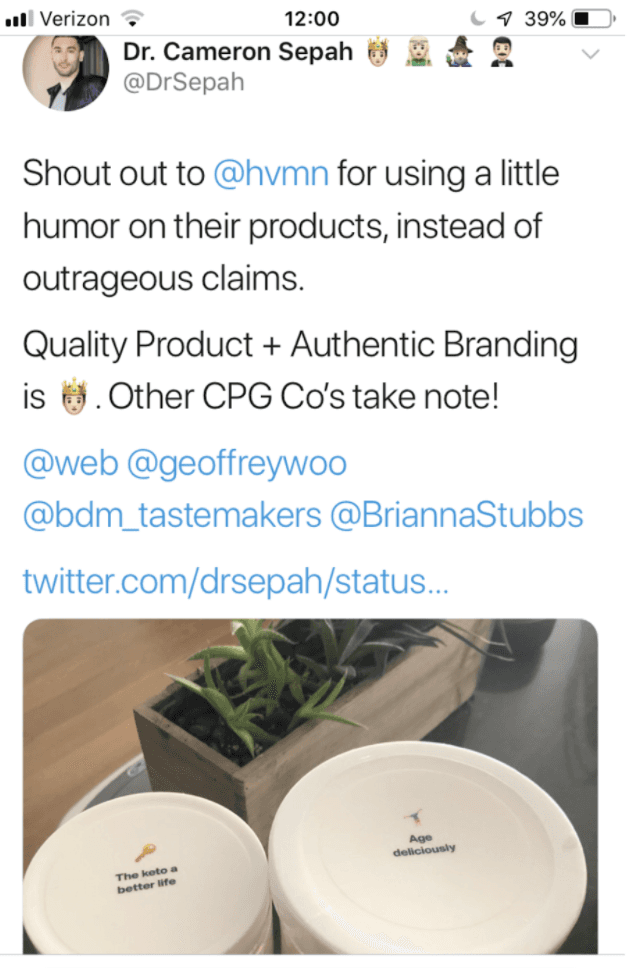
2️⃣ Customize and update, early and often
When you design packaging for everyone, you design it for no one. If I could, I'd inscribe my customer's name on every package I send. If fact, in one of their most successful campaigns, Coke pretty much did this:

The "Share a Coke" campaign was a genius combination of customization and delight.
Customization and frequent changes to packaging are a nightmare for ops teams (sorry guys), but it's the best way to keep your product feeling fresh and exciting. Pro tip: Digital printing is an amazing tool for customization, because you don't have to worry about expensive plates and die lines like you do with offset printing.
3️⃣ Make it pop
A typical grocery store had 40,000 to 50,000 SKUs on the shelves. Marketplaces like Amazon have millions. That's a LOT of competition. No matter how good your product is, your packaging is what gets it noticed. So how do you ensure your product pops? One good exercise is to just walk through a big store and observe what catches your eye. Then ask yourself: how does this product stand out? Is it a different shape, a different color, a different size, an interesting layout?
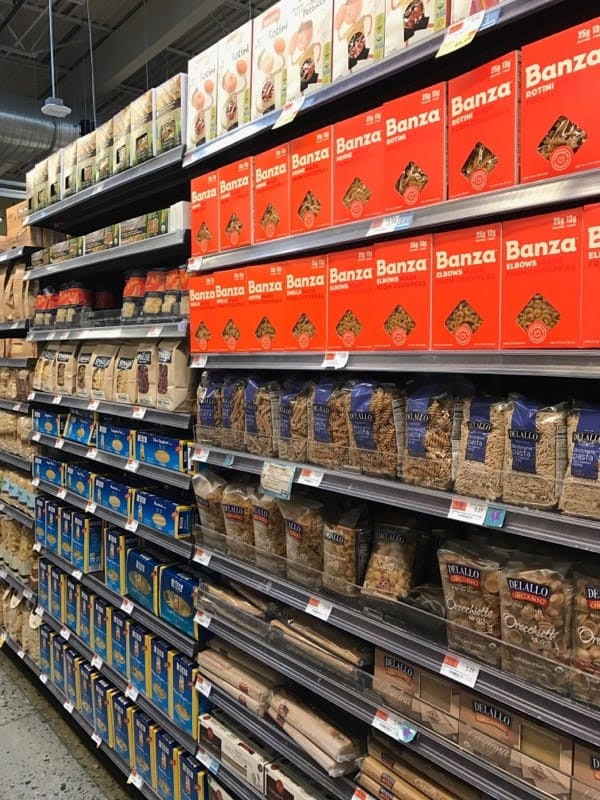
What's poppin'?
Many of us are also trying to nail our positioning on the Amazon grid. To optimize this, you can use survey software like Qualtrics to run user tests. Show respondents your product on a grid with your competitors, and ask them click whichever packaging stands out most. At H.V.M.N., we realized many of our competitors were putting their packaging in opaque tubs. We decided to differentiate by using transparent containers that reveal our product.
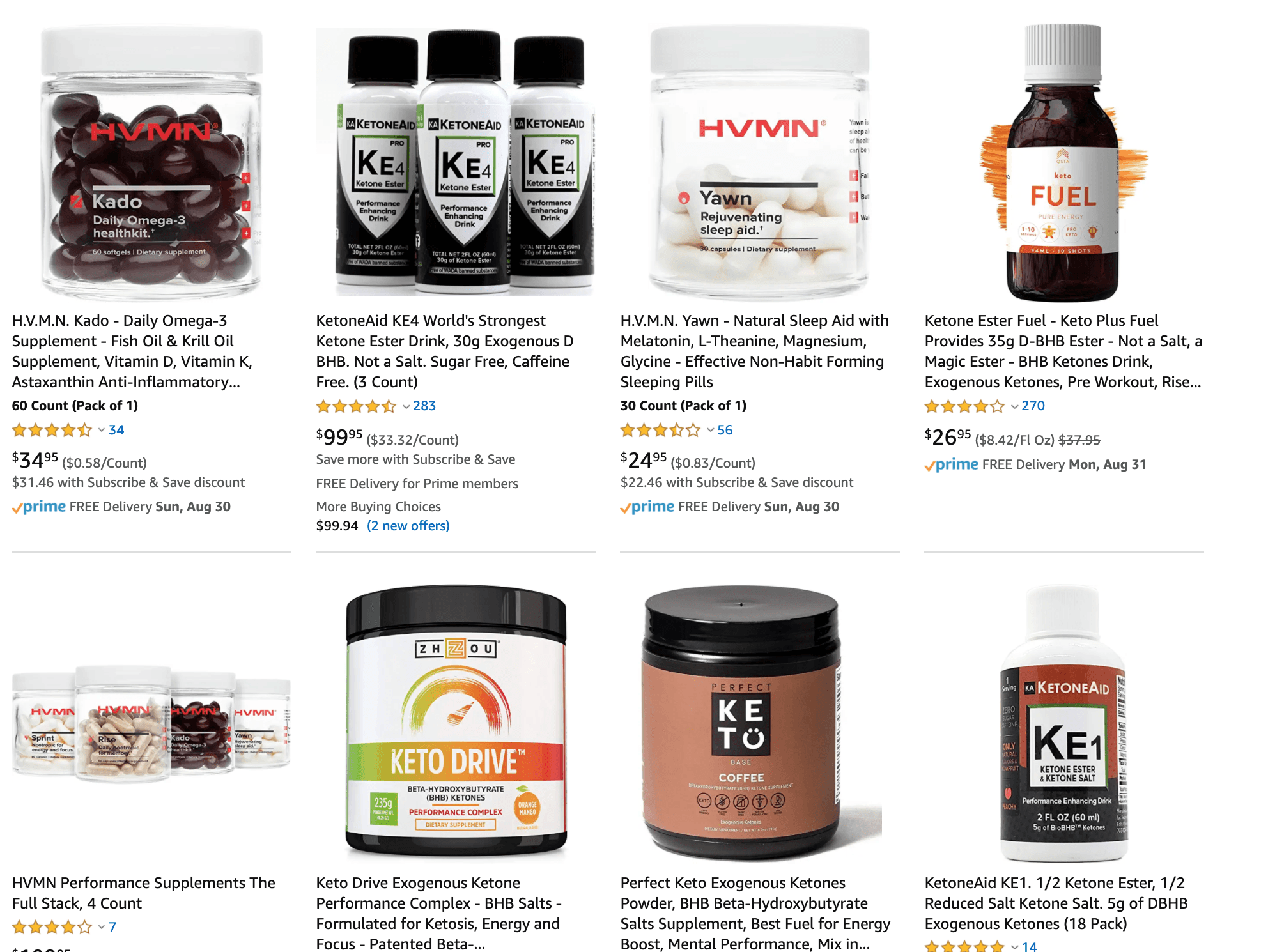
4️⃣ Drive down costs incrementally
If I spend half my time trying to customize packaging, I spend the other half cutting costs elsewhere to pay for it. Here are a few tips on that front:
Before you place your first order, you should try get an RFQ out to at least 2-3 suppliers. Even if you don't go with the cheapest option, you get information about where you are in the market.
When you go to get quoted, ask for price breaks at different volumes (like 5k, 10k, and 25k units). This can give you a sense of how your COGS will evolve as sales volume grows.
If you are ordering the same quantity from a supplier, don't try to mess with the pricing. But whenever you re-order more than your previous order, ask for a volume discount.
Always be looking for opportunities to lightweight and rightsize. Lightweighting means pulling physical weight out of your packaging, like using less plastic to make the same bottle. (This has the added advantage of being better for the environment). Rightsizing means "shipping less air". This is especially important due to the dim weight scheme used by FedEx and UPS.
Match your packaging order quantities to your product POs. This is how you avoid a stack of 100,000 unusable boxes in your warehouse when the Director of Marketing decides to change your logo.
Consider whether unbranded packaging, or stickers + unbranded packaging, are good enough. I know this sounds contradictory to "customize everything", but sometimes the cost of putting your logo on something does outweigh the benefits.
Again — use digital printers! They're amazingly high-quality, you can print any quantity, and they're great for situations where you can't hit supplier's MOQs. They're especially useful if you're launching an unproven product where sales numbers aren't known yet.
One place NOT to cheap out is on your suppliers. A great vendor relationship can be a life-saver when you need a rush order or deep technical support on a challenging project. They live and breathe packaging everyday and can really help reduce your timeline expectations and operational headaches.
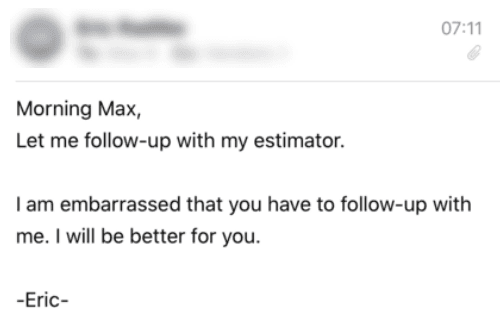
Here's the kind of email you want to be getting from your suppliers.
5️⃣ Never forget the 4 P’s
Above all, consumer packaging must do 4 things, which we refer to in the industry as the "4 P's":
Promote - Make your brand stand out vs. other brands
Position - Match the quality of your packaging with the quality of your product
Protect - Ensure your product makes it to the customer undamaged
Preserve - Ensure your product can survive on the shelf for as long as needed
There are a lot of other "nice-to-haves", but if you design packaging with these in mind, you’ll already be a few steps ahead of your competitors.
I've spent more than 10 years in packaging design and I still learn new things every day. So these tips are just the tip of the iceberg. You can find more advice on blogs and in industry publications, by talking to people at trade shows, and by engaging your suppliers and peers in the ops community.

